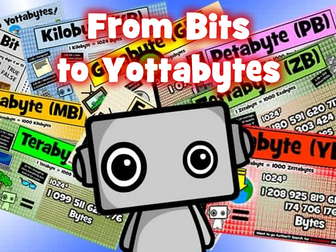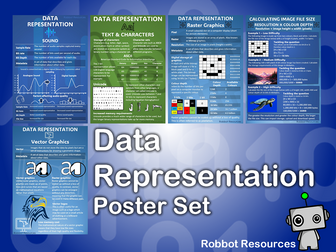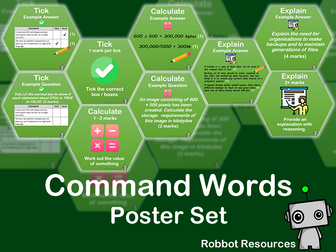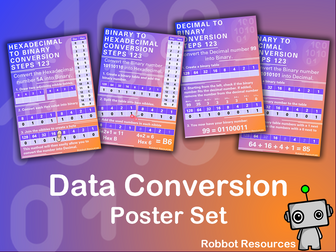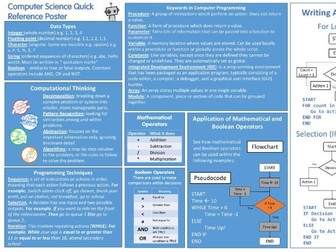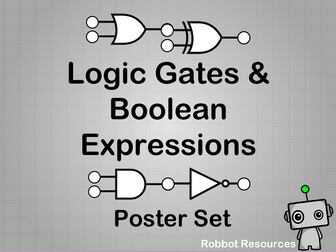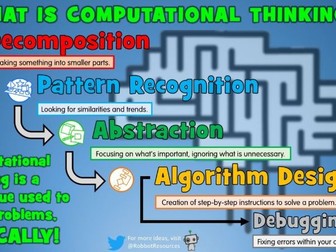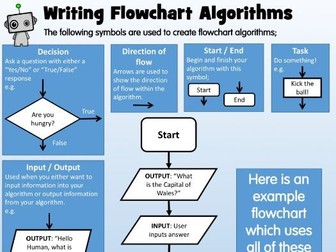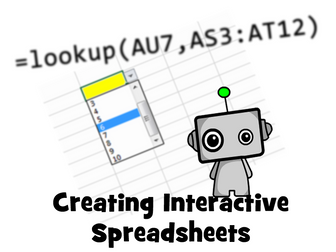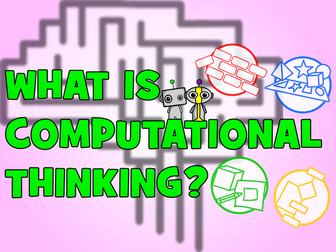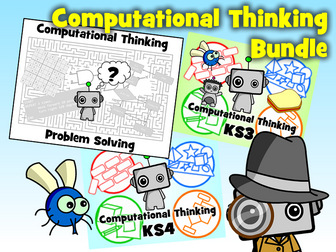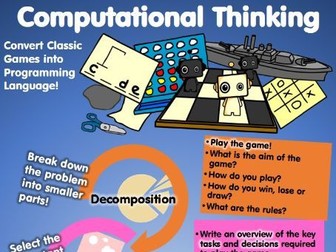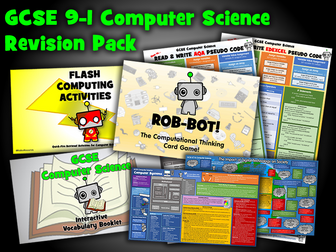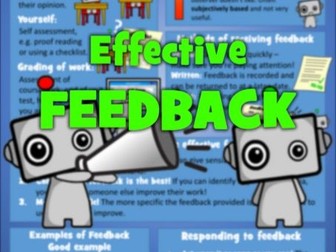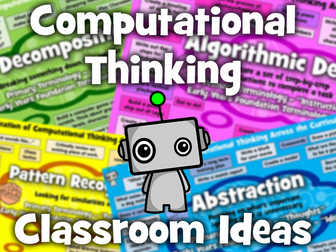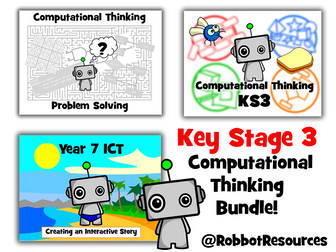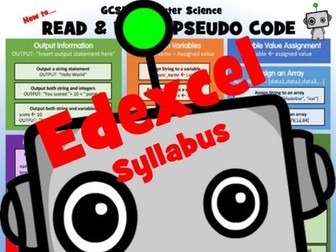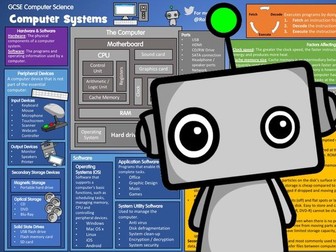
Computer Science Poster: From Bits to Yottabytes
Wrap your students minds around my latest poster collection, ideal as a revision tool to support all GCSE Computing courses!
Todays World is full of online information and data, but how much is there? How much are we able to store now? What does the future hold? What is a bit? What is a Megabyte? How big is a Petabyte?
A series of 12 informative posters on base 2 memory storage that begin at bits, nibbles & bytes then continues through to the mind blowing number of a Yottabyte!
The posters include real world examples to help students comprehend what the numbers really mean!
I have provided the posters as both a collection of JPEG files and in PDF format.
Update: now in high resolution 2560x1440
** Please leave a review!!! **
